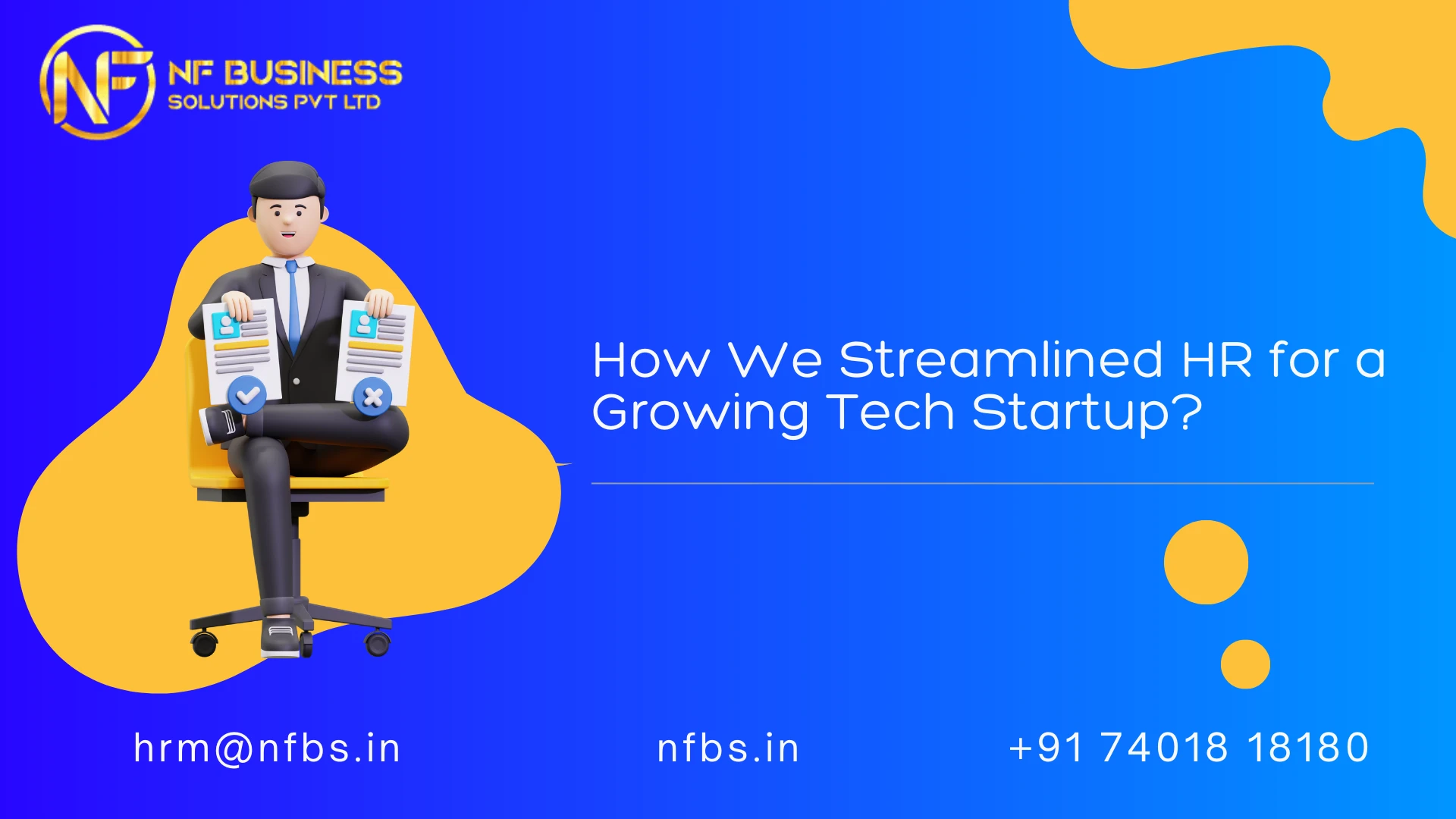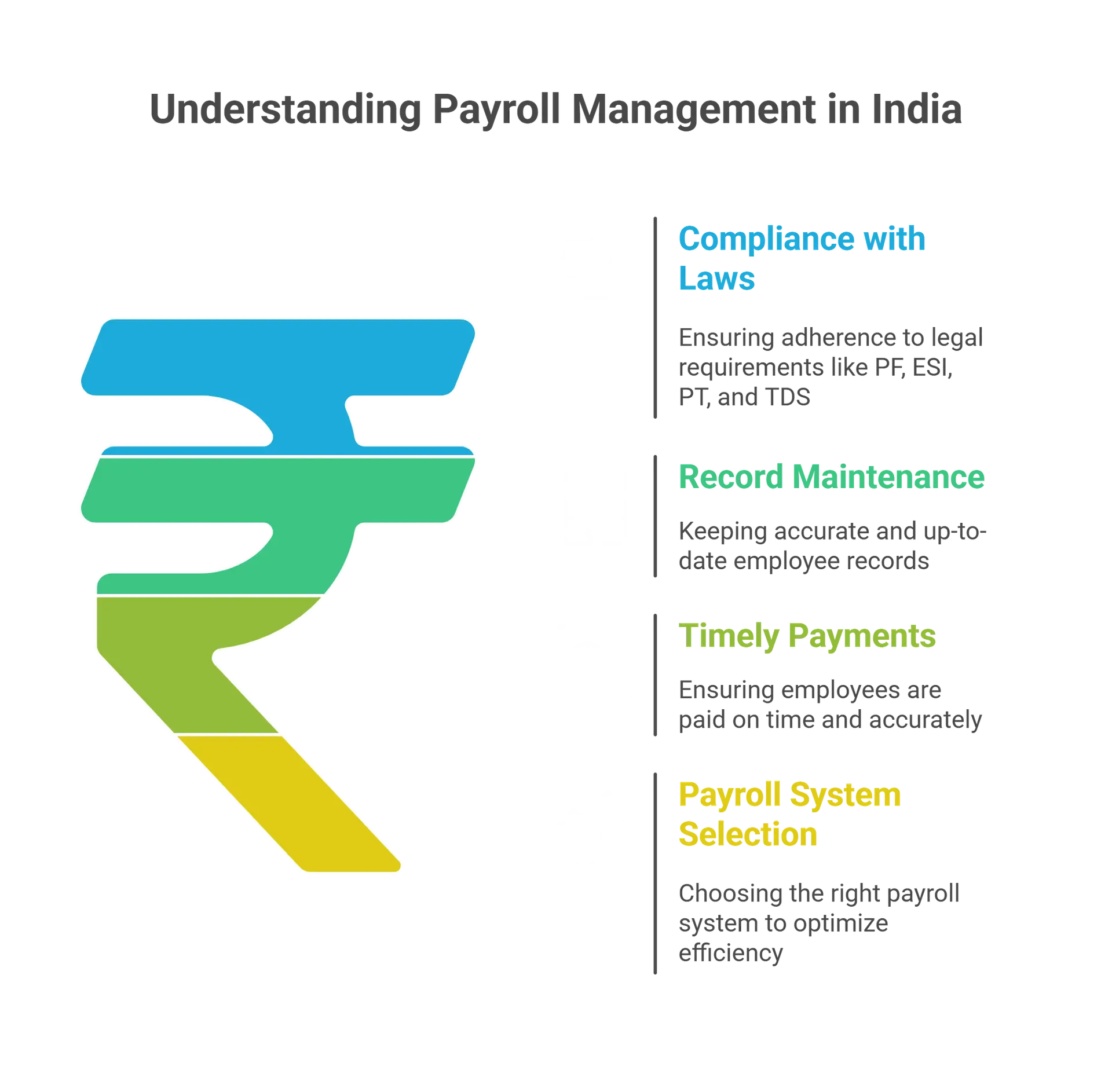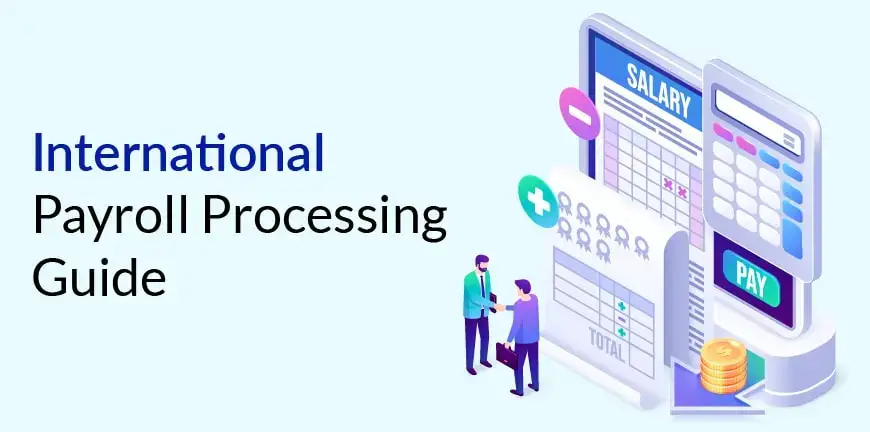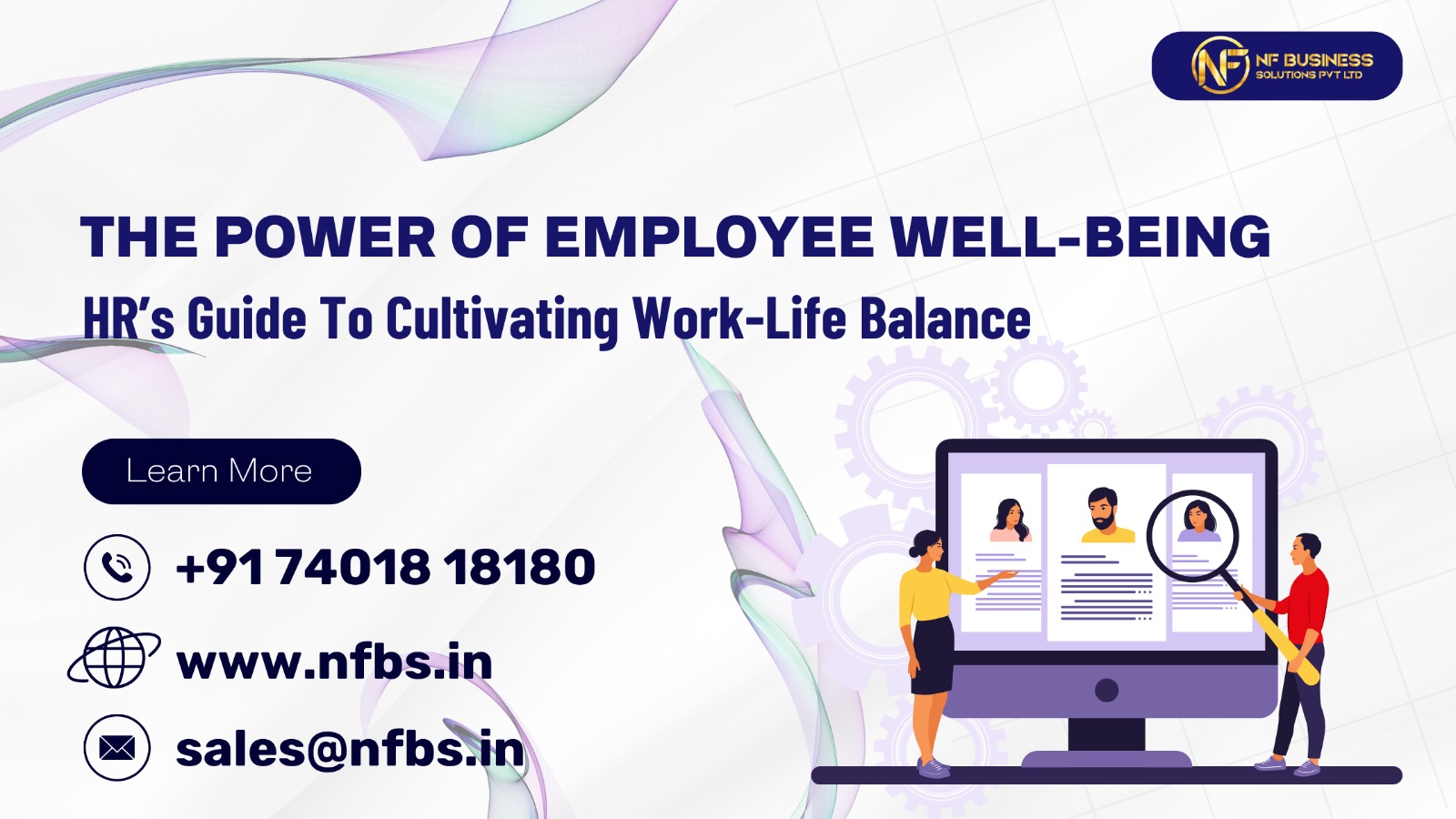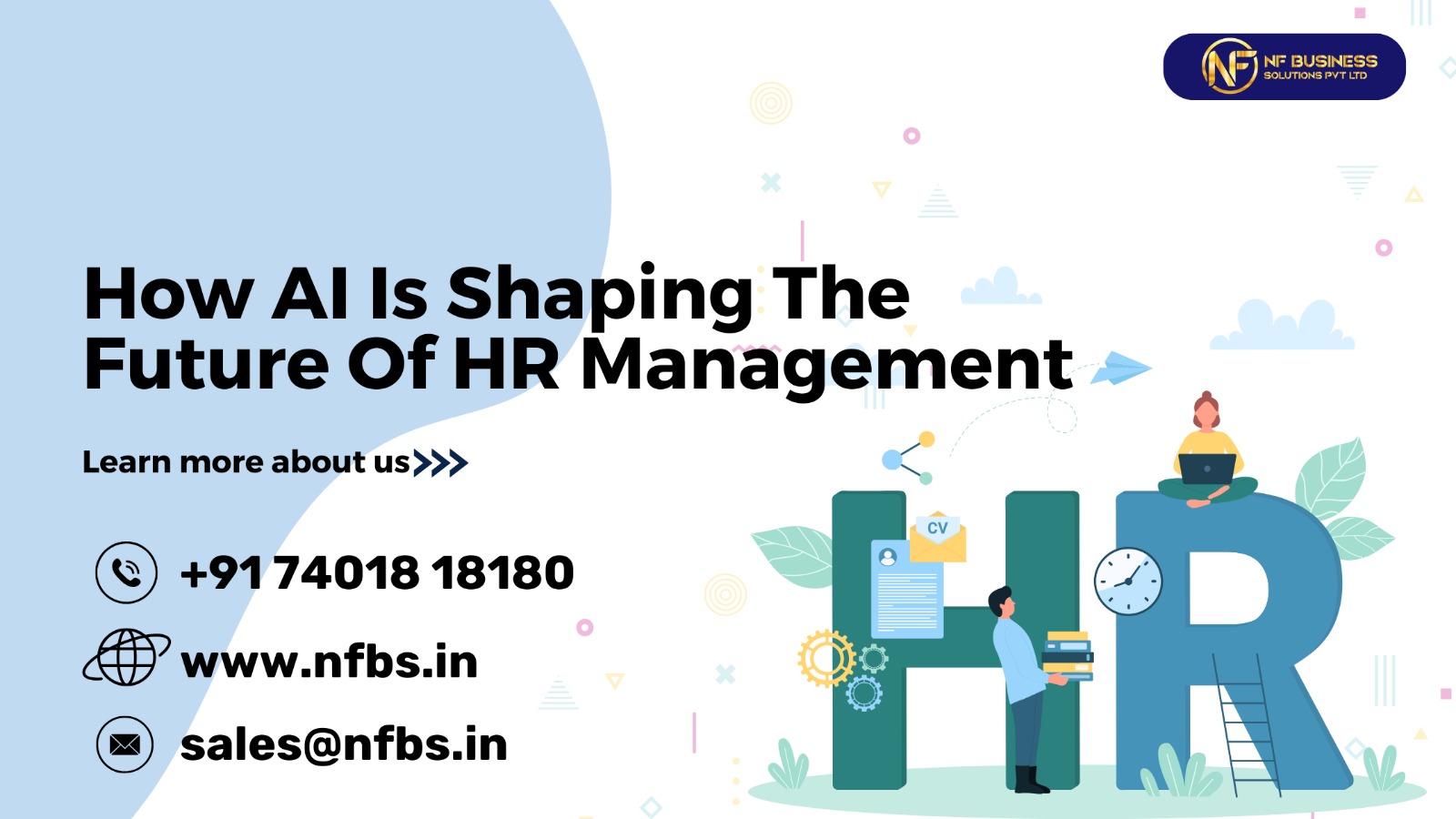What is Talent Acquisition?
Talent acquisition refers to the strategic process utilized by employers to assess their long-term talent requirements within the framework of business objectives. It involves identifying and cultivating optimal talent channels, followed by the execution of a comprehensive strategy encompassing candidate recruitment, evaluation, and onboarding. Typically, this process is usually managed by the HR department in close collaboration with talent acquisition experts, and it involves incorporating input from senior executives.
Talent acquisition is commonly recognized as a strategic component of the initial stages of talent management. It encompasses the practices and procedures employed by employers to effectively hire, deploy, train, evaluate, and compensate employees.
Why is talent acquisition significant?
- The importance of Hiring stems from its role in identifying and securing the most suitable individuals, which is a critical aspect of an organization’s business strategy and directly impacts its overall success.
- The absence of well-suited employees can lead to challenges such as decreased productivity, suboptimal decision-making, and a lack of motivation among the workforce.
- Talent acquisition takes a proactive approach by considering the future prospects of candidates, rather than simply filling immediate job vacancies.
- A talent acquisition team takes into account the potential career trajectory of prospective employees within the organization.
- As a result, Recruitment ensures that the organization recruits individuals who have the potential to grow into managerial positions or make significant contributions in other capacities.
Talent acquisition versus recruitment: Distinctions and Significance
- Talent acquisition encompasses recruitment as a significant component, and in certain cases, organizations and vendors may use these terms interchangeably.
- However, although talent Hiring and recruitment share a common objective of filling job vacancies, there are crucial distinctions between them.
- The primary differentiation lies in the fact that recruitment primarily concentrates on the present, while talent acquisition places greater emphasis on the future.
- Recruitment centers on swiftly filling an open position, prioritizing speed, whereas talent acquisition takes into account the company’s goals and invests time in identifying candidates who best align with the organization’s specific needs.
- To achieve this broader perspective, talent acquisition teams analyze prospective employees’ existing skill sets, as well as their potential for future development and their fit within the company culture.
These fundamental differences give rise to additional variances. Talent acquisition:
1. Typically necessitates more extensive planning and time compared to recruitment.
2. Utilizes metrics and data analytics to enhance the recruitment process and make more informed hiring decisions.
3. Relies on teams’ comprehension of different roles and segments within the company, as well as the requisite skills and experience for success in each area. Recruitment tends to pay less attention to these specific details.
4. Devotes more time to discovering the most suitable talent sources for particular positions and initiatives, subsequently building relationships with individuals in each domain. In contrast, recruitment often employs general-purpose hiring tools and places less emphasis on candidate relationship management.
While recruitment is primarily a reactive and linear process, talent acquisition operates in a cyclical and strategic manner. Recruitment is concerned with fulfilling immediate hiring needs, whereas talent acquisition focuses on establishing a talent pipeline to fulfill future requirements.
Talent acquisition strategy:
Developing a talent acquisition strategy involves taking specific measures to infuse a strategic perspective into the recruitment process.
Key steps commonly involved in this process include:
1. Assessing organizational strategies:
- Assessing the business plan, goals, and departmental plans offers valuable insights into the long-term talent and skill requirements.
- Factors like new business ventures, mergers, and global expansion significantly influence these requirements.
2. Gathering feedback:
- Seeking input from departmental managers, HR professionals, and senior executives is crucial, as they possess valuable experience and insights into business processes.
Their input is essential for shaping the strategy effectively
3. Defining the employer brand:
- Conducting surveys or reviewing platforms like Glassdoor to gauge public perceptions of the brand helps assess its image.
- Aligning the brand with business goals and ensuring its reflection in the recruiting process is essential for attracting suitable candidates.
Examples of talent acquisition strategies
Organizations have a range of strategies to choose from when it comes to talent acquisition. Here are three commonly employed approaches:
1. Recruitment marketing:
- This strategy focuses on promoting the organization as an attractive workplace, reinforcing the brand, and generating leads, including passive candidates who may not be actively seeking job opportunities.
- Employees play an active role in the marketing campaign through referrals, video testimonials, and social media engagement.
2. Source of hire (SoH):
- Identifying the sources that have yielded top-performing employees allows recruiters to concentrate their efforts on the most productive channels, such as passive candidates, employee referrals, and job boards.
- Utilizing an applicant tracking system (ATS) can facilitate tracking and analysis of SoH information effectively.
3. Social media recruiting strategies:
- In addition to enhancing the employer brand, social media platforms like LinkedIn and GitHub serve as effective communication channels for job postings and early-stage candidate interactions.
- Leveraging these platforms helps in attracting and engaging potential candidates.
Tips and best practices for talent acquisition:
To ensure a successful talent acquiring strategy, experts recommend the following tips and best practices:
1. Develop a compelling brand:
- Ensure that your company’s website, culture, and social media presence appeal to both customers and potential candidates.
- A strong brand can significantly attract top talent.
2. Craft detailed job descriptions:
To enhance the likelihood of finding a suitable match, it is advisable to make job requirements as specific as possible, clearly outlining the characteristics of the ideal candidate.
3. Leverage data analytics:
- Treating candidates with a positive experience and effectively persuading them to join your company is crucial, much like convincing customers to purchase your products or services.
- Utilize data analytics to uncover insights such as the most successful talent sources, potential barriers in the application process


